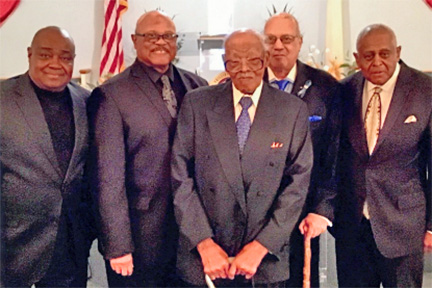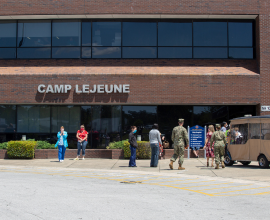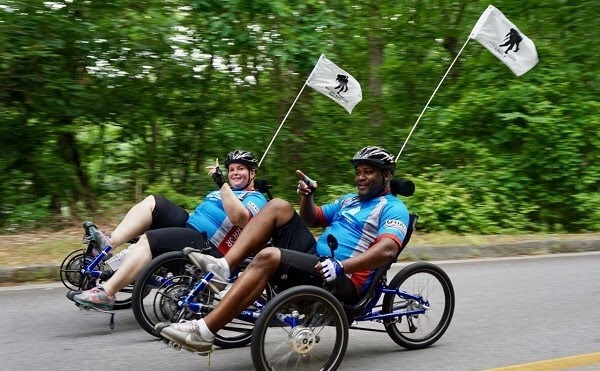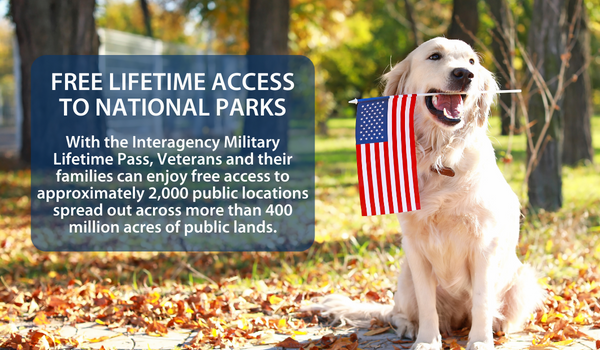Celebrating Women’s Equality Day: A journey toward inclusive liberty
Women’s Equality Day is observed annually on August 26, and it marks the historic day in 1920 when the 19th Amendment to the U.S. Constitution was passed, granting women the right to vote.
The amendment read: “The right of citizens of the United States to vote shall not be denied or abridged by the United States or by any State on account of sex. Congress shall have power to enforce this article by appropriate legislation.”
This monumental step in the fight for gender equality was the outcome of decades of activism, resilience and determination led by suffragists like Susan B. Anthony, Nannie Helen Burroughs and many others. While this was a significant win, it’s important to acknowledge that the achievement was not inclusive of all women.
Limited equality: Exclusion of women of color
The 19th Amendment represented progress but didn’t guarantee universal suffrage for all women. Women of color—including African American, Native American, Asian American and Latina women—continued to face significant barriers due to discriminatory practices like literacy tests, poll taxes and outright intimidation. It wasn’t until the Voting Rights Act of 1965, nearly 45 years later, that legal structures discriminating against voters of color were stopped. This reality highlights that the path to equality was uneven for women of diverse racial backgrounds.
The significance for women Veterans
Women’s Equality Day is significant for women Veterans who have broken barriers within a traditionally male-dominated field. Women have served in various capacities in the military for generations, often without the recognition or rights given to their male counterparts. From serving as nurses in the World Wars to taking on combat roles and leadership positions today, women Veterans epitomize the courage and perseverance that Women’s Equality Day celebrates.
- During World War II, Major Charity Adams Earley broke barriers by becoming the first African American woman officer in the Women’s Army Corps (WAC). She stood up against racial and gender discrimination in the military and advocated for equality.
- Margaret “Maggie” Gee, one of the first Chinese American members of the Women Airforce Service Pilots (WASP), faced discrimination as a Chinese American aviator during the war. Despite the obstacles, both women worked toward equality and representation in the military.
- Retired Air Force Colonel Lisa Carrington-Firmin, a Latina Veteran, currently serves on VA’s Advisory Committee on Minority Veterans, and wrote the poem “Invisible Veteran,” expressing the challenges she faced as a Latina woman Veteran.
- Tammy Smith, the first openly gay general in the military, faced discrimination due to her sexual orientation during her service. She fought for LGBTQ+ rights in the military and played a crucial role in the repeal of “Don’t Ask, Don’t Tell.”
For women Veterans, this day is a testimony to their relentless fight for equality within the armed forces. The repeal of the combat exclusion policy in 2013 marked a key moment when women were formally allowed to serve in combat roles, showing the growing recognition of their contributions and capabilities. Women’s Equality Day not only acknowledges the suffrage movement’s victories but also the ongoing struggles and achievements of women in uniform.
A continuing journey
Women’s Equality Day reminds us of the importance of inclusivity in the pursuit for equal rights. Recognizing the day’s historical importance reminds us to honor the suffragists and all women who’ve fought and continue to fight for their earned place in society. For women Veterans, it’s a day to celebrate their service and the growing recognition of their vital role in shaping an equitable and fair society.
Let this day inspire us to continue to advocate for an inclusive future where equality truly knows no bounds.
August 26, 2024
Missina Schallus; D’Andrea Jacobs
Center for Women Veterans; Center for Minority Veterans




















.jpg)

